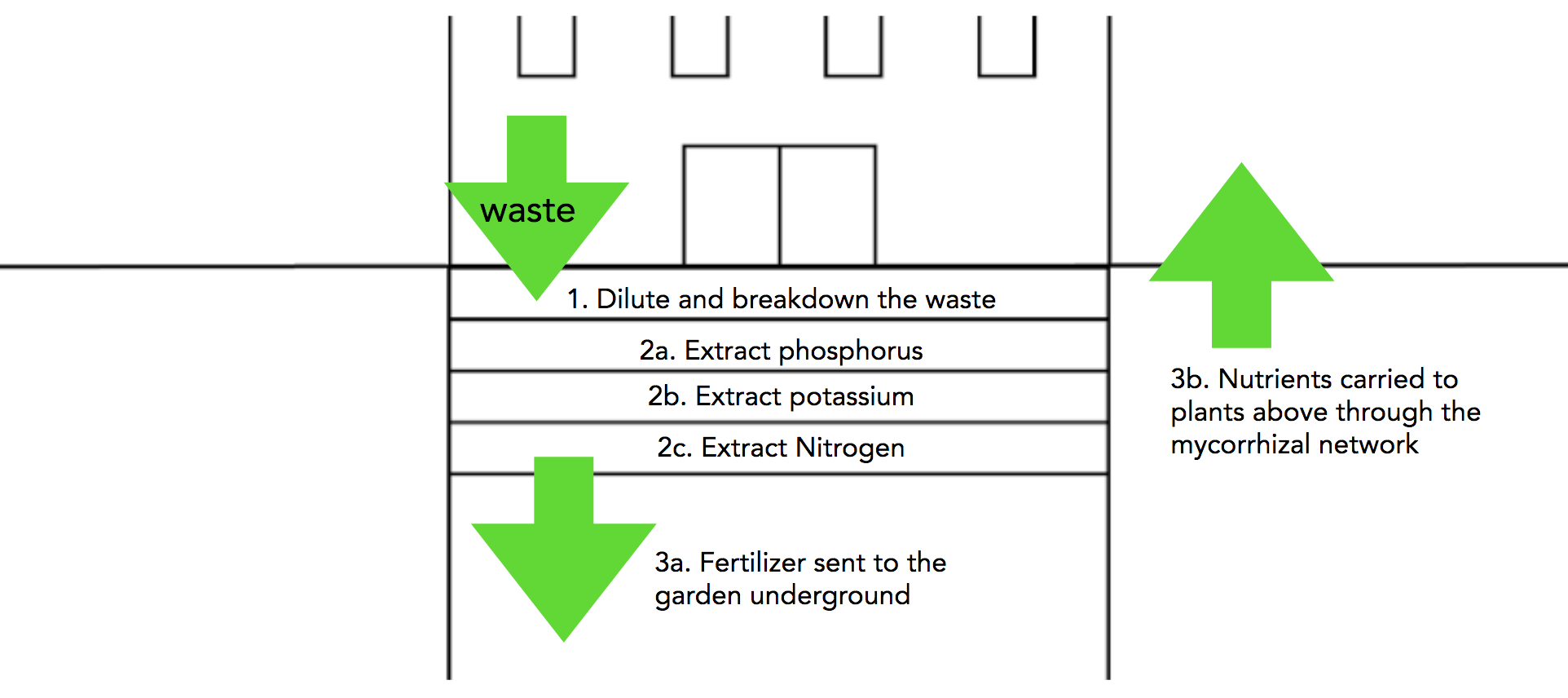This post was originally published for a Biodesign project at the University of Edinburgh that’s exploring the relationship between the biology of trees and the architecture of cities.
The Macro Symbiosis Project provides a systemic solution [1] for sustainable urban lifestyles, taking biological, ecological, social and cognitive systems into account. As climate change exposes the environmental degradation that urban lifestyles cause, researchers explore new materials and processes to help city dwellers live more sustainably. Until recently, these new materials and processes focused on the biological and ecological systems, though. Richard Louv brought the world’s attention to Nature Deficit Disorder, so we must also consider social and cognitive systems, because humanity’s physiological and psychological wellbeing has suffered due to the lack of nature in urban spaces. Macro Symbiosis brings these two research efforts together.
Capra describes the interconnectedness of biological, ecological, social, and cognitive systems from two perspectives: networks and flows. Let’s begin with the network perspective.
Consider the networks that trees support. In forests, they give fungi a habitat, and the fungi in turn transport nutrients among trees [2]. Trees take in carbon dioxide from the atmosphere to produce the oxygen humans breathe. Trees grow roots that keep the soil rich to grow food. Trees roots also hold the earth together, preventing soil erosion, landslides, and flooding that damage human and animal habitats.
If we try to trace the flows in this network, including carbon dioxide, oxygen, sunlight, phosphorus, nitrogen potassium, etc., we quickly get what we call a “hairball” in data visualization:

When we get this mess of nodes and pathways so dense that the network is indistinguishable, we try a smaller dataset. So rather than trying to understand the network of all life, let’s try the network of life in a city. Cities have networks of people that transport food, purchase food, buy food, cook food, eat food, dispose of waste from food…I’m feeling another hairball coming up.
Let’s go even smaller: a building in a city. People bring food into buildings, cook the food, and dispose the resulting waste into bins. Researchers have found ways to grow food on building’s in rooftop gardens [3], in building’s walls using hydroponic systems [4], and below buildings in underground gardens [5]. This network is feeling more manageable.
What would it take to create a building that fits into a city the way a tree fits into a forest? The Macro Symbiosis Project proposes a bioreactor that enables just that.
Beginning with food, our bioreactor will power a closed-loop system that consumes food waste from humans, transforms the waste into fertilizer, and delivers the fertilizer to plants that grow food. The bioreactor will be installed below buildings in modular components, enabling:
- An ideal environment to be created for each nutrient extracted from the waste (e.g. phosphorous, nitrogen and potassium)
- New modules to be added for new extractions in the future (perhaps metal nanoparticles)
- Existing plumbing systems to be fed into the bioreactor

The result is a building that can function self-sufficiently and while also benefiting its surrounding environment: a tree house!
Citations:
[1] Capra, F. (2015). The Systems View of Life: A Unifying Concept of Mind, Matter, and Life. Cosmost and History: The Journal of Natural and Social Philosophy, 11(2), 242-249. doi:10.1017/cbo9780511895555.019
[2] Simard, S. W., Beiler, K. J., Bingham, M. A., Deslippe, J. R., Philip, L. J., & Teste, F. P. (2012). Mycorrhizal networks: Mechanisms, ecology and modelling. Fungal Biology Reviews, 26(1), 39-60. doi:10.1016/j.fbr.2012.01.001
[3] A Farm Grows in Brooklyn – On the Rooftop
[4] The Vertical Farm at the 2015 World’s Fair
[5] The Lowline Lab
Leave a Reply